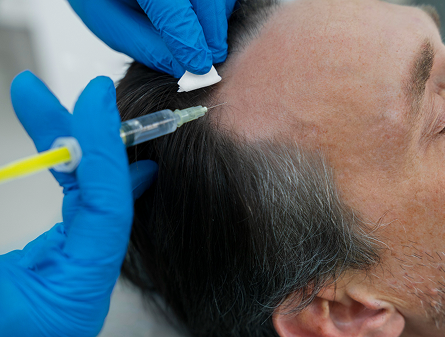Minoxidil is a hair loss treatment that acts as a vasodilator. It increases the blood circulation to the scalp, dilating the blood vessels and helping make hair follicles larger. Finasteride is a hair regrowth medication for male pattern hair loss. It works by blocking the production of dihydrotestosterone (DHT), which causes hair follicles to weaken.
Minoxidil is usually applied twice daily as a topical treatment, while finasteride is typically taken as an oral solution once daily, though finasteride and minoxidil spray treatments are available.
Minoxidil encourages hair to grow stronger, while finasteride prevents hair loss and allows hair to grow in areas where follicles are dormant. Check out the comparison table below to see which treatment is right for you.
- Minoxidil is a hair solution applied to the scalp to stimulate hair follicles and promote hair growth.
- In contrast to finasteride, it is an external agent and functions irrespective of the effects of hormonal baldness.
- Finasteride is a tablet that lowers the amount of DHT and slows down hair loss.
- In contrast to minoxidil, it acts from within and is better for hormonally induced hair loss.
- Minoxidil costs approximately $20–$50 per month in Australia.
- Unlike finasteride, minoxidil requires topical application and ongoing product purchases.
- Finasteride is prescription-based and costs around $30–$70 monthly.
- More affordable long-term than minoxidil for some users due to generic options.
- Minoxidil must be used once or twice daily to maintain results.
- Results begin within 3–6 months but regress quickly if stopped.
- Finasteride is taken daily, with effects showing after 3–6 months.
- Unlike minoxidil, stopping treatment may reverse progress, but slightly more slowly.
- Minoxidil is a topical solution applied directly to the scalp.
- Minoxidil increases blood flow and stimulates follicle growth externally.
- Finasteride is an oral DHT-blocker that works internally.
- Unlike minoxidil, it reduces hormone activity rather than directly stimulates the scalp.
- Minoxidil may cause skin irritation, flaking, or facial hair growth if misapplied.
- Safer for users, avoiding systemic side effects.
- Finasteride is generally safe but can cause sexual side effects and mood changes in rare cases.
- Unlike minoxidil, it acts hormonally, which may deter some users.
- Minoxidil is easy to apply, but must be incorporated into a daily routine.
- Less convenient than taking a tablet, but allows direct scalp application.
- Finasteride is taken orally once a day and is extremely easy to use.
- Compared to minoxidil, it requires less effort to maintain consistently.
- Minoxidil is widely available over the counter in Australia.
- Easier to access than finasteride, especially without a prescription.
- Finasteride requires a doctor’s prescription in Australia.
- Unlike minoxidil, it involves medical consultation and regulatory oversight.
- Minoxidil results fade within weeks of stopping treatment.
- Must be used indefinitely to preserve gains.
- Finasteride also requires continuous use to maintain its effects.
- Unlike minoxidil, progress is lost more gradually when discontinued.
- Minoxidil is often used alongside finasteride or microneedling.
- Works well in combination therapies and is safe to layer topically.
- Finasteride is frequently paired with minoxidil to target hair loss internally and externally.
- Unlike minoxidil, it works by lowering DHT systemically.
- Minoxidil appeals to users wanting a non-hormonal and visible routine.
- Offers a sense of daily control over hair care.
- Finasteride appeals to those seeking a passive, once-daily solution.
- Unlike minoxidil, it doesn’t involve a physical routine or topical application.
- Minoxidil increases scalp circulation but doesn’t affect hormone levels.
- Best suited for early hair loss or users avoiding internal medication.
- Finasteride addresses the hormonal root cause of hair loss in men.
- Unlike minoxidil, it treats pattern baldness at its internal source
- Minoxidil packaging contributes to monthly plastic and cardboard waste.
- Less sustainable over time compared to pills.
- Finasteride produces minimal packaging waste per month.
- More sustainable than minoxidil due to compact delivery.
Shop our hair solutions
We are committed to providing affordable hair regeneration services for people all over Australia. Our formula can help you regain your confidence.
Shop Now

Minoxidil vs Finasteride For Hair Restoration Comparison Summary
Minoxidil and finasteride are designed to be taken in the long term, but their costs can differ. They are both widely available and are sold under many brand names. Minoxidil can be purchased over the counter but is more expensive. Prescription minoxidil can also be acquired from your doctor at a lower cost.
Finasteride is only available as a prescription, which can be provided by a doctor through a virtual consultation and can be delivered straight to your door. Minoxidil results may be visible faster compared to finasteride. With minoxidil, you can start to see results as early as eight weeks into treatment, while finasteride results can be observed usually after 3 months.
Minoxidil side effects are more likely to cause physical side effects such as headaches, rashes, hypertrichosis and temporary increased hair loss. Finasteride is more associated with systemic side effects related to sexual dysfunction, such as loss of libido, erectile dysfunction, and ejaculation problems.
Finasteride vs Minoxidil For Hair Loss User Guidance
When it comes to finasteride vs minoxidil efficacy, minoxidil can provide faster results, but finasteride can be more effective in the long run. Studies have shown that finasteride worked on almost 100% of people after 10 years of use.
Finasteride doesn’t have any initial hair shedding associated with taking the medication, while minoxidil can cause telogen effluvium (temporary hair shedding). This is just an initial reaction to a new chemical entering your body, and hair regrowth will improve shortly after.
If you want a topical solution minoxidil is a more appropriate choice while finasteride is a better oral solution. Topical finasteride in Australia is also available, however. Minoxidil and finasteride topical solutions can be combined for more effective results than taking either alone.
Take Our Hair Loss Quiz to See Which Treatment Suits You?
Take A Hair Quiz

Frequently Asked Questions
We have put some commonly asked questions.
Nunc scelerisque tincidunt elit. Vestibulum non mi ipsum. Cras pretium suscipit tellus sit amet aliquet. Vestibulum maximus lacinia massa nontor.
Platelet-rich plasma (PRP) treatment involves drawing blood from the patient, isolating the beneficial nutrients and injecting it into the scalp where hair loss is occurring. This promotes hair growth and has many other applications from encouraging healing to skin rejuvenation.
Platelet-rich plasma (PRP) treatment involves drawing blood from the patient, isolating the beneficial nutrients and injecting it into the scalp where hair loss is occurring. This promotes hair growth and has many other applications from encouraging healing to skin rejuvenation.
Platelet-rich plasma (PRP) treatment involves drawing blood from the patient, isolating the beneficial nutrients and injecting it into the scalp where hair loss is occurring. This promotes hair growth and has many other applications from encouraging healing to skin rejuvenation.
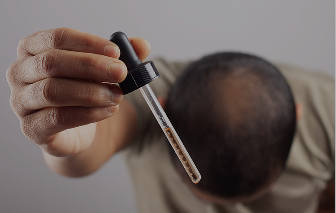
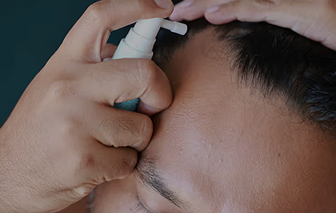



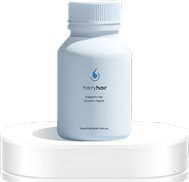
 See All
See All